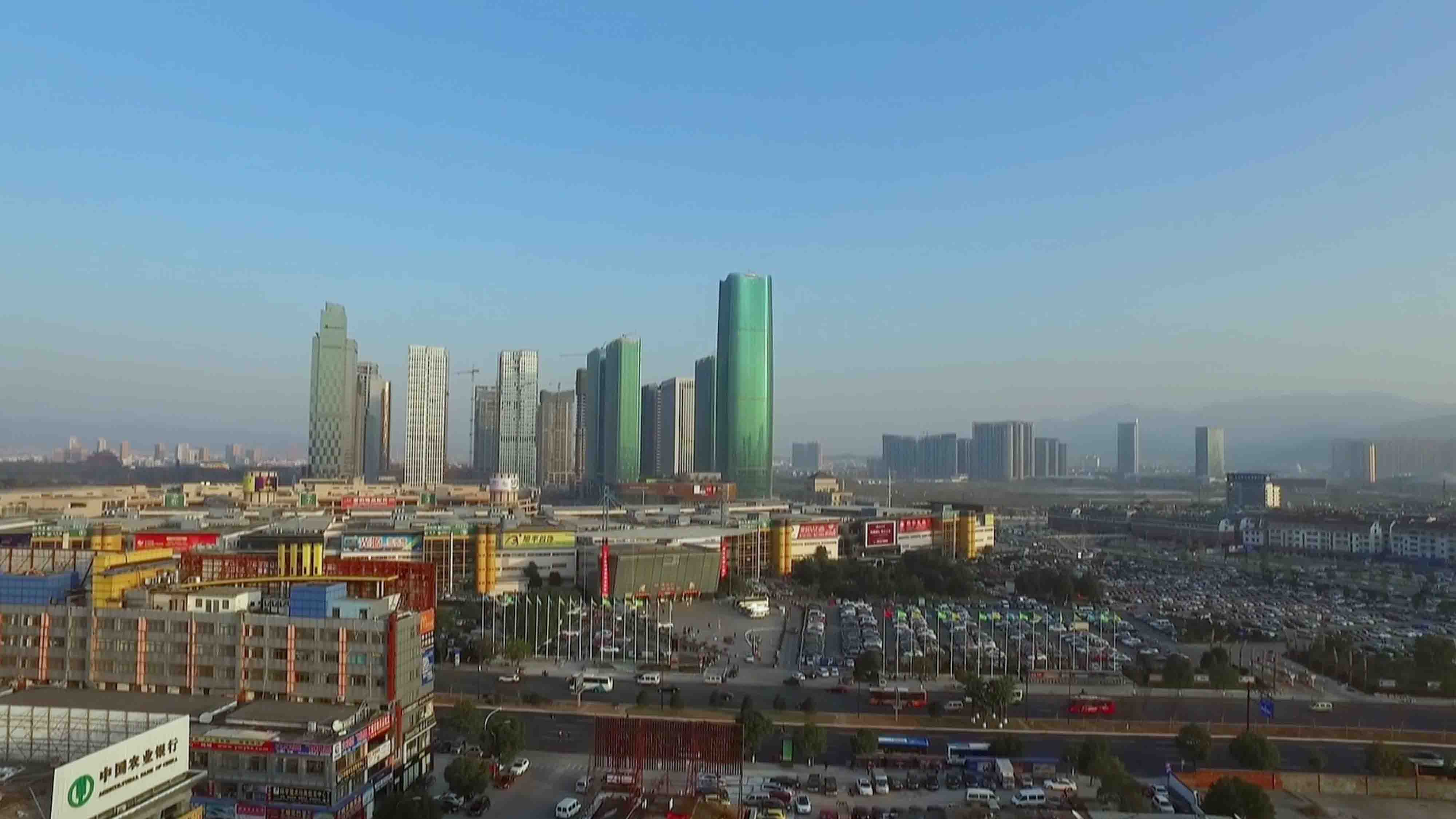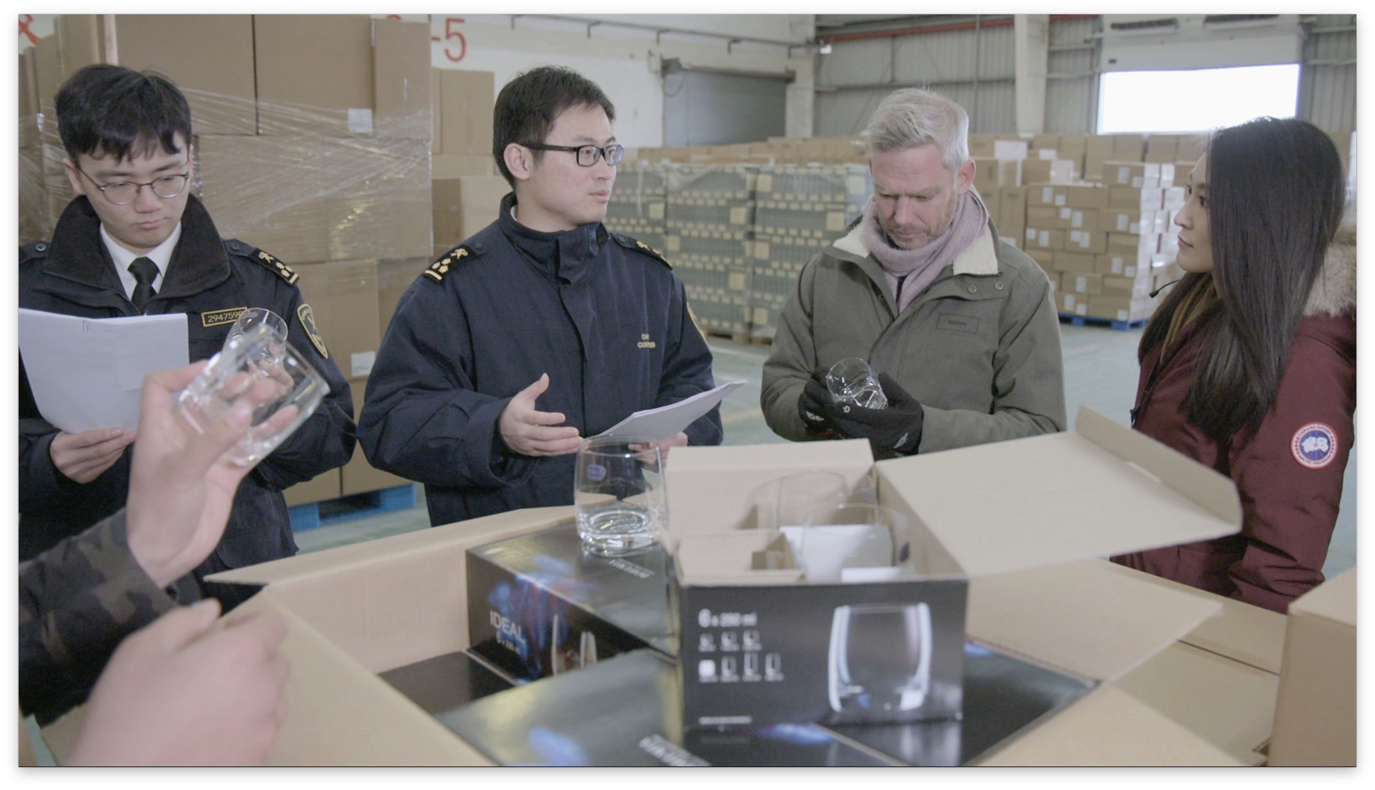
Business
11:52, 05-Sep-2018
The Silk Railroad: Exporting to the world
Updated
10:58, 08-Sep-2018
By Debra Lee, Tan Peilin, Yan Zixin
06:15

Almost a third of the world's supply of socks comes from Zhejiang Province, and Yiwu is home to some of the biggest sock manufacturers.
Traditional shipping lines were once the only mode of export. But now, manufacturers are making a switch due to the increased speed of rail transport.
Socks are just one of the many exports originating from this small inland city. The majority of the world's low-cost consumables come from here – Yiwu's "International Trade City."

CGTN Photo
CGTN Photo
This is where any imaginable knick-knack in the world can be found. Many contact third party dealers to help them source for the best products and prices in the trade city. The goods will then be checked by suppliers, and once they pass quality control, they will be loaded into containers and transported across 13,000 kilometers overland to Europe, beginning their great cross-Eurasia journey, taking 16 days.
With new rail routes being established, trade across the Eurasian continents from China to Europe represents a new era of connectivity. From here, we see the history of the Silk Road – those cities that can adapt, that can evolve, those are the ones that survive.

CGTN Photo
CGTN Photo
The Silk Railroad is a first-ever co-production by CGTN and National Geographic. The documentary has been broadcast on National Geographic in about 140 countries and regions around the world since June and will be aired soon in another 30 countries and regions.
Read More:

SITEMAP
Copyright © 2018 CGTN. Beijing ICP prepared NO.16065310-3
Copyright © 2018 CGTN. Beijing ICP prepared NO.16065310-3